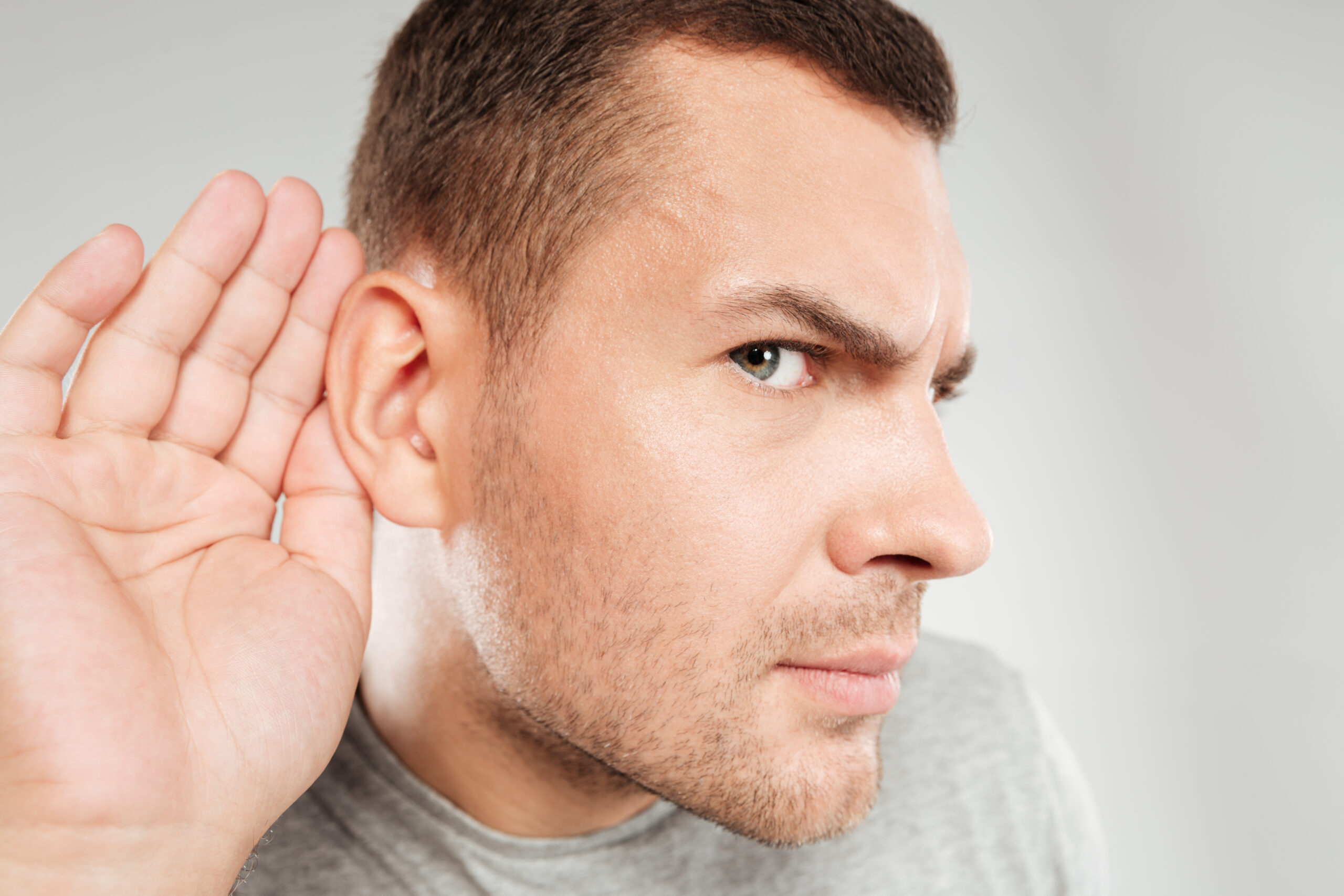In some people, loss of hearing could be an initial symptom of COVID 19 while in others, it can be a lately visible side effect.
OUTLINE-
—INTRODUCTION
—SYMPTOMS
—EAR
—PROCESS OF HEARING
—LOSS OF HEARING DUE TO COVID 19
—PATH OF ENTRY OF VIRUS
—TREATMENT
—HEARING AIDS
INTRODUCTION-
It was December 2019, when the first case of Coronavirus disease 2019 (COVID-19) was seen in a person from Wuhan, a city in China. This disease was caused by Severe Acute Respiratory Syndrome Coronavirus 2 (SARS- CoV-2).
Anyone infected by COVID-19 had symptoms like fever, problem in breathing, headache, dry cough, pneumonia, and other respiratory system-related infections.
Talking about the respiratory system, the primary organ of your respiratory system that is your nose is connected to your ear internally through the Eustachian tube.
Thus, it is quite obvious that any virus infection in the nose due to COVID-19 would in turn spread and infect your ear as well.
Such an infection could just be a caution. But if you neglect it, you might face a dreaded complication like LOSS OF HEARING.
In some people, loss of hearing could be an initial symptom of COVID 19 while in others, it can be a lately visible side effect.
Likely, it depends from individual to individual.
SYMPTOMS-
Loss of hearing means not being able to hear. When the volume around you is VERY LOUD and still you feel like rising the volume scale, OR when there is a lot of conversation happening around you and yet you feel silence…….you should know that you are suffering from LOSS OF HEARING.
This calls for the need for a doctor — An ENT specialist.
The doctor’s job would be done at prior efficiency. But, what about you?
Well, it is always good to take up some amount of self-initiative and know about yourself — your body.
For now, it is about your EAR and LOSS OF HEARING
EAR— It’s a Sense Organ That Helps In Hearing.
Basically, your ear consists of 3 parts-
OUTER EAR-
It consists of an externally visible pinna and an auditory canal (ear canal) structure projecting outward from your head.
Pinna collects sound waves and channels them into the ear canal (external auditory canal).
MIDDLE EAR-
The middle ear is an air-filled small chamber and consists of an eardrum attached to it, followed by three tiny bones, which are known as Ossicles and are considered to be the smallest bones of the human body.
These bones are-
- Malleus (hammer) – Attached to eardrum at one end and to incus at the other end.
- Incus (anvil) – Attached to Malleus at one end and stapes at other end.
- Stapes (stirrup) – Attached to Incus at one end and an oval window connecting to the inner ear at the other end.
These three bones are attached in the above order with the help of joints.
The middle ear also consists of a Eustachian tube that connects the middle ear to the nose.
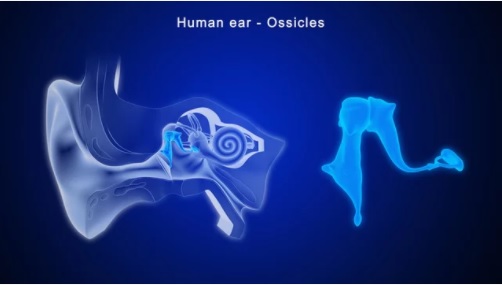
INNER EAR-
The inner ear mainly has 2 parts —
- COCHLEA – Responsible for the hearing function.
- SEMICIRCULAR CANALS – Responsible for maintaining the body balance.
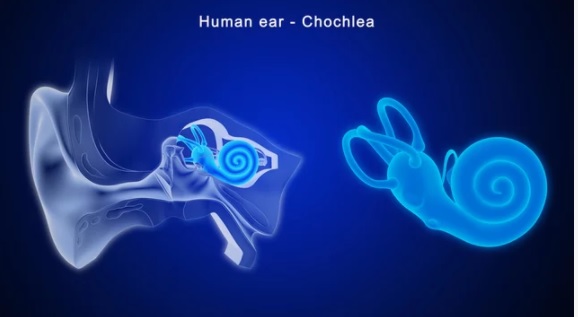
The membranes of the cochlea have small hairy structures called HAIR CELLS, which are responsible for the hearing function.
The cochlea is further divided into Scala Vestibuli, Scala Tympani, and Scala Media by a membrane, and these portions are filled by fluids known as Perilymph and Endolymph.
The relative movements of these fluids and in turn the hair cells are responsible for the function of hearing.
PROCESS OF HEARING-
SO HOW COULD YOU HEAR ME?
Well, for that you need sound.
Sound produces sound waves.
The sound waves are directed into your ear, which moves through your ear canal at the end of which the eardrum is present. When these sound waves strike the eardrum, it starts vibrating. The vibrations are further transferred to the three tiny bones (ossicles) which are arranged in such a way that they act as a lever and help in increasing the amplitude of the sound wave.
This increased amplitude of sound moves into the inner ear through an oval window. These vibrations are transferred to the fluid-filled cavity known as the scala vestibuli and transferred to the scala tympani through helicoterma.
The perilymph movement in scala vestibuli and scala tympani, in turn, moves the fluid inside scala media causing the hair cells to activate. These hair cells of the cochlea convert sound waves into electrical signals. These electrical signals are carried by the AUDITORY NERVE to the brain. Your brain receives these electrical signals and is interpreted in the Hearing Center of the brain and finally, the person hears the sound.
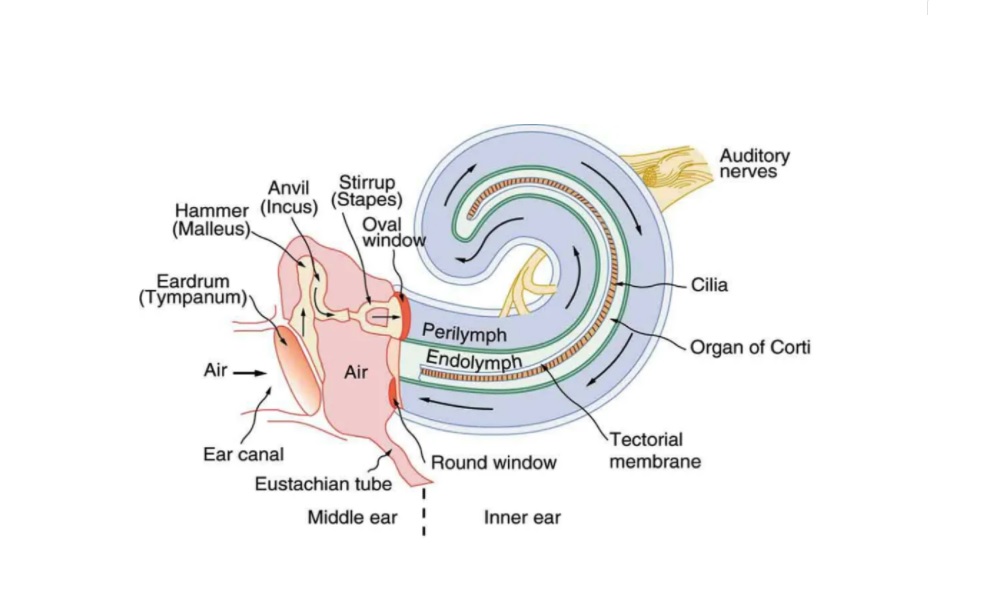
LOSS OF HEARING DUE TO COVID 19-
Now that you know how exactly your body resonates with the sound that strikes your ears, let’s further know as to how COVID 19 can cause loss of hearing.
The most prominent symptom of COVID-19 is a common cold that starts in your very own sense organ — the NOSE.
This means the SARS- Co V- 2 virus that causes COVID-19 breeds in your nose when you are infected by the virus.
During the span of infection, the viruses tend to spread to your ear as well.
PATH OF ENTRY OF VIRUS-
The virus can reach our ears in 3 proposed ways:
- Through the Eustachian tube — that connects the middle ear and nose.
- Through small openings present around the olfactory nerve of the nose, which helps in sensing smell — the virus passes through these small openings and enter our brain and directly affect the hearing center.
- Direct effect on the hair cells of the inner ear.
Now, everybody had a question that how could the virus enter the ear cells and cause an infection?
IN THE MIDDLE EAR—
The virus was passed on to the middle ear by the Eustachian tube, which lead to infection in the area behind the eardrum, commonly called otitis media. This infection can cause fluid accumulation behind the eardrum.
Thus, the eardrum fails to collect and direct the sound waves properly into the ear cavity. By this, it cuts down the process of hearing at the first step itself due to which hearing ability is lost.
IN THE INNER EAR —
Many researchers came on board to study this kind of infection that caused loss of hearing and have proposed various mechanisms of hearing loss caused by SARS CoV-2 virus-
(I) In this process, they isolated the human inner ear sample and found that the two types of inner ear cells called Hair cells and Schwann cells expressed specific proteins.
These proteins had ACE receptors present on the cell surface that released enzymes like Furin and transmembrane protease serine 2, which helped the virus to get attached to the receptor. On getting attached to the receptor, the virus would be squeezed into the host cell, that is the Hair cells and Schwann cells. By this, the virus begins to infect these cells present in the inner ear region.
(II) SARS CoV 2 virus is also thought to be responsible for causing a hearing loss through a direct inflammatory response on the cochlear hair cells. The presence of ACE 2 receptors in the brain, medulla oblongata, and the temporal lobe facilitates the entry of SARS CoV 2 which affects directly the brainstem and hearing centers leading to inflammatory response through cytokine release. This could lead to neurologic and otologic manifestations in COVID-19 affected patients
The middle ear and inner ear are responsible for sensing and increasing the intensity of sound (amplifying).
Our ear emits out some amplified sound and such emissions are called otoacoustic emissions. These emissions of sound can be recorded through a microphone fitted in the ear. This investigation is known as OAE (OTOACOUSTIC EMISSIONS) test.
On COVID 19 infection, it caused the damage of these hair cells, because of which the sensing and amplifying of sound waves came to NIL and there were no sound emissions recorded in the microphone in the OAE test— which means NO SOUND or HEARING LOSS.
This is how the loss of hearing is caused because of COVID 19.
TREATMENT OF COVID 19 HEARING LOSS-
Treatment for loss of hearing solely depends on the severity of the problem.
Accordingly, the possible treatment methods are-
1. Steroids—
If the problem is not very severe, your doctor might most probably suggest oral steroids like prednisone for 2 to 4 weeks or also injection steroids.
2. Surgery—
This is mostly recommended if there is fluid accumulation behind the eardrum as an indirect effect of cold, cough, coryza caused by the SARS CoV 2 virus.
3. Lip reading and sign language—
If steroids and surgery can’t help, skills like lip-reading and sign language would help temporarily until alternate methods are tried or permanently depending on the patient’s condition.
4. Habitual changes—
Certain habitual changes like doing ear exercises, eating healthy food with ample vitamins, cleaning excess ear wax, stop smoking can aid the treatment process.
HEARING AIDS-
Hearing aids are devices that are inserted in our ears to help to hear.
There are numerous hearing aids that either convert sound waves into electrical signals (analog hearing aids) or sound waves into numerical codes (digital hearing aids).
The most common hearing aids are classified into different types based on the way they fit into our ears. They are—
- In the ear (ITE)
- Behind the ear (BTE)
- Invisible in the canal (IIC)
- Completely in the canal (CIC)
- In the canal (ITC)
- Receiver in the ear (RITE)
- Behind the ear (BTE)
- Cochlear implant – It is a device implanted in the ear when we face loss of hearing due to cochlear hair cell damage in inner ear.
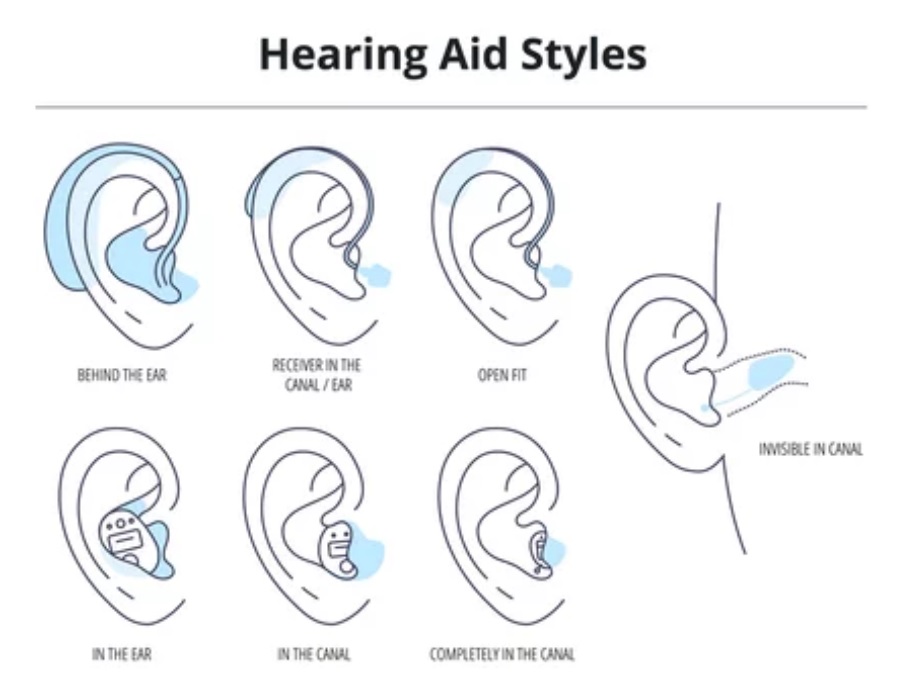
With this, I conclude the article by saying “Aid yourself.”
Read my other blog on ear problems due to COVID -19 infection by clicking on “COVID EAR : Ear problems in COVID-19”
THANK YOU
MEDICAL ADVICE DISCLAIMER:
This blog including information, content, references, and opinions is for informational purposes only.
The Author does not provide any medical advice on this platform.
Viewing, accessing, or reading this blog does not establish any doctor-patient relationship.
The information provided in this blog does not replace the services and opinions of a qualified medical professional who examines you and then prescribes medicines.
And if you have any questions of medical nature, please refer to your doctor or the qualified medical personnel for evaluation and management at a clinic/hospital near you.
The content provided in this blog represents the Author’s own interpretation of research articles.
